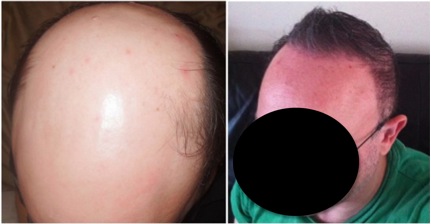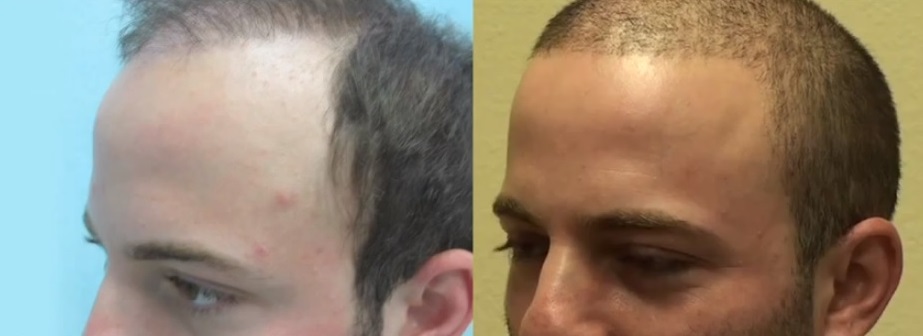Hair Transplantation Donor Hair Sources: Where Does Donor Hair Come From?
Donor hair can come from a variety of places, depending upon the technique used. With follicular unit strip surgery, also known as strip harvesting or the strip method, the donor source is very limited. Strip surgery procedure uses a strip of flesh taken from the mid-back portion of the head to harvest follicular units. Follicular unit extraction expands the donor pool. Since this procedure harvests follicular units one by one instead of in a strip, donor hair can be taken from anywhere on the head, including the nape of the neck or behind the ears. Follicular unit extraction in its advanced form such as with the UGraft, can also incorporate the use of body hair. This is called body hair transplantation, ideal for the severely bald, and makes the donor pool virtually limitless. Below is a table demonstrating the most popular types of hair transplantation and their corresponding donor sources:
Why Doesn’t Donor Hair Fall Out?
People may wonder why new hair doesn’t fall out just like the old hair. In the case of androgenic alopecia, or pattern baldness, which is the leading reason for hair transplantation, transplanted hair is not genetically susceptible to falling out. A follicle’s genetic susceptibility to dihydrotestosterone (DHT) is the cause of pattern baldness. It has nothing to do with the actual scalp. Hairs on the vertex and hairline tend to be those most affected by the condition, while hairs in the back of the head—the typical donor area—remain healthy. Thus, a healthy hair transplanted to a new area of the scalp will normally take root and grow just fine.
If you suffer from androgenic alopecia and have more questions regarding hair transplantation, don’t hesitate to schedule a free online consultation with Dr. Umar.



